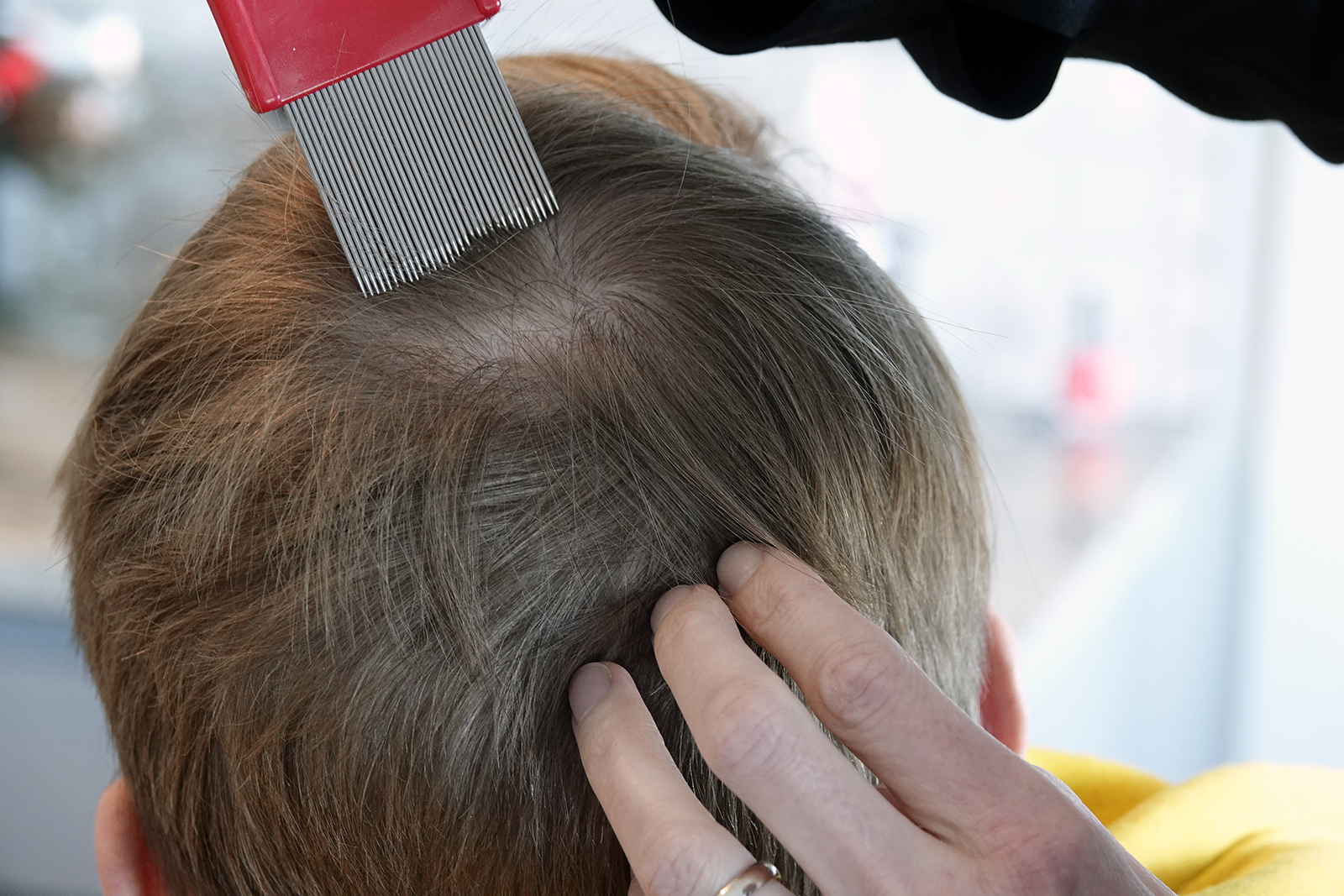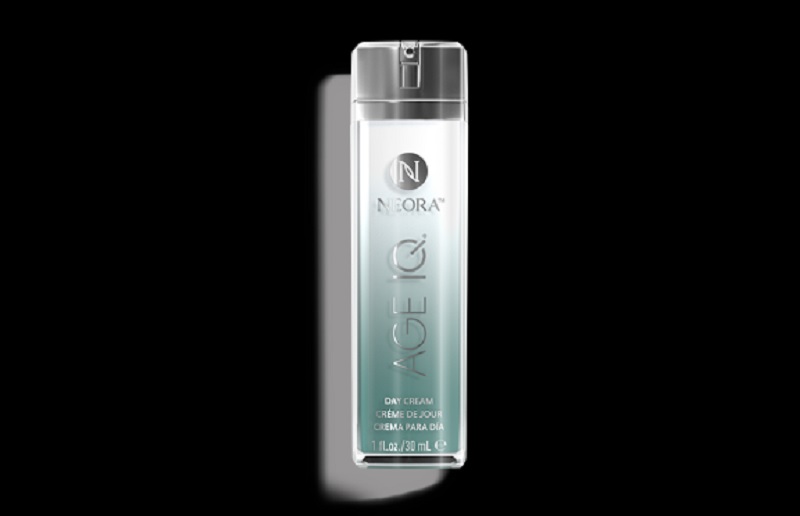How To Eliminate Lice And Nits: Lice, What Is It?
There are 3 types of lice: head louse, body louse, and pubic louse.
Head lice are parasites: tiny insects with hooked legs that cling to the hair. They are parasites that need our blood to feed and our hair to lay their offspring. Nits, on the other hand, are the eggs laid by the female louse. They are translucent and often more visible than the lice themselves. The nits are found more on the lengths of the hair.
Pediculosis corresponds to an infestation of parasites and lice on the scalp.
The lifespan of a louse is two months on a scalp. Outside the latter, deprived of blood, he cannot survive. Head lice are the most common and mainly affect children aged between 6 and 8 years old in the community. The louse has a life cycle comprising different stages:
- The female louse lays the eggs; these are the nits
- In 1 week, these nits turn into larvae: these are the nymphs
- About a week later, the louse becomes an adult
Body lice are present in clothing. It is then advisable to consult a doctor specializing in dermatology such as LiceDoctors for example. As for pubic lice, called crabs in common parlance, they are transmitted during sexual intercourse (infection).
What Is The Cause Of Lice?
Some misconceptions about lice which can be treated in Lice Treatment atlanta for example are tenacious, such as jumping from head-to-head and being attracted to dirty hair. However, lice don’t jump or fly, which is not a sign of poor hygiene: anyone can catch them. The transmission is done by simple direct contact (hair to hair) or through objects such as hats, combs or brushes, and contaminated bedding. Lice are transmitted very quickly.
If human head lice do not fly or jump, they crawl very quickly. They cannot live on animals, such as cats or dogs. Lice are resistant to water.
How Do You Know If You Have Lice?
Itching and scratching of the head are the first symptoms of infestation. Lice are usually localized:
- At the hairline
- At the base of the neck
- Behind the ears
If you suspect your child has head lice, check immediately for nits, then check again after a week or two. The examination of the scalp, to be effective, must be done in full light. To confirm the presence of head lice, you must find live lice. Warning: it is possible to have a few nits without having lice. While adult lice are difficult to spot due to their microscopic size, nits are easier to distinguish. Grayish in color and oval shape, they look like slimy dandruff but don’t come off the hair alone. To dislodge the nits, you must use a comb with very fine teeth that you will pass from the root to the tip of the hair. The denting operation is facilitated on slightly damp hair.




